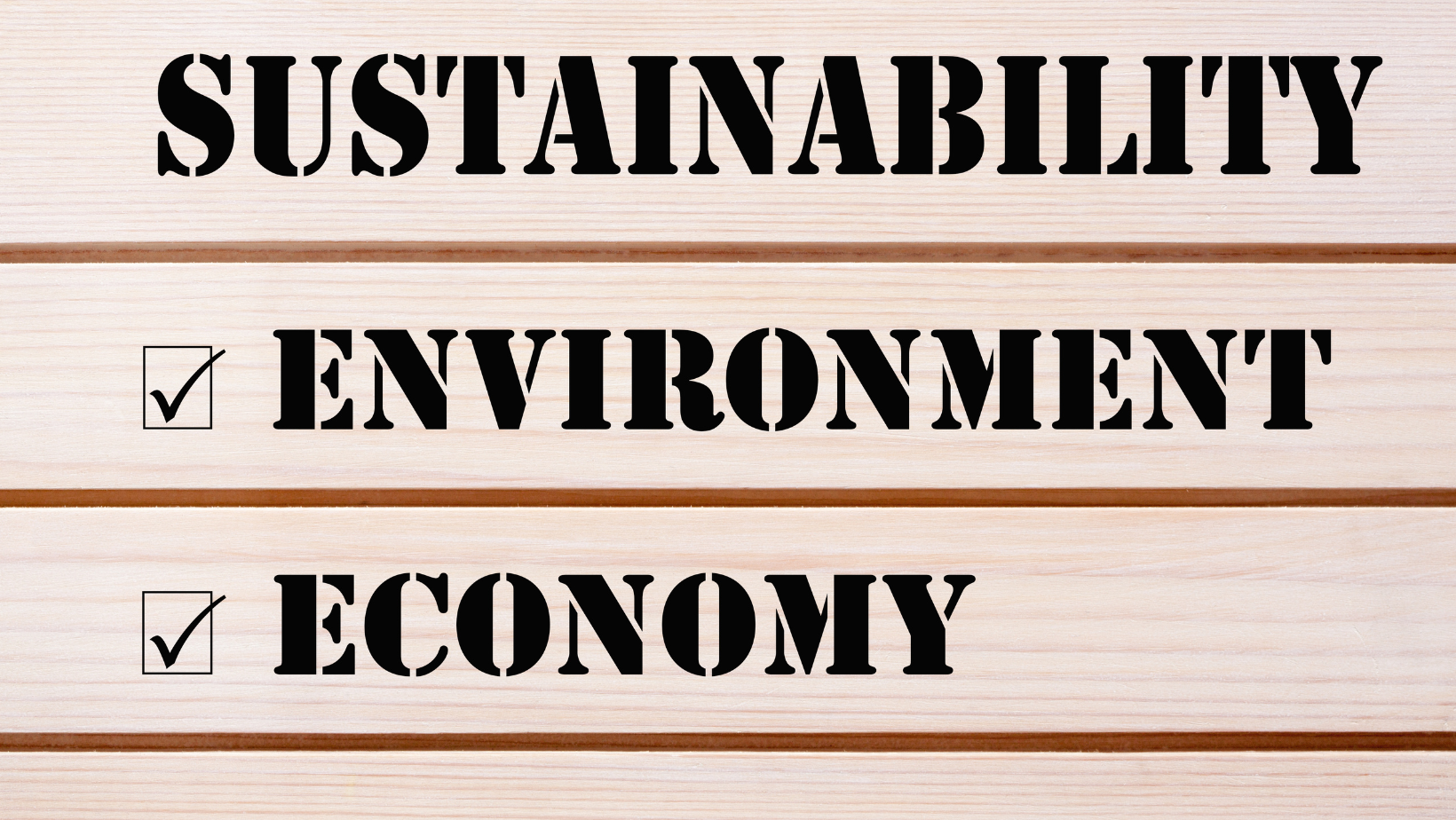In today’s world, the push toward sustainable living is more than a trend—it’s a necessity. As environmental concerns like climate change and resource depletion intensify, individuals are seeking ways to minimize their ecological footprint. Sustainable living involves making choices that enhance one’s quality of life and the health of the planet, proving that small changes can lead to significant impacts. This guide explores practical steps anyone can take to live a more sustainable lifestyle and save big. From reducing waste and conserving energy to supporting eco-friendly businesses, the journey to sustainability is paved with opportunities for positive change.
Sustainable Living Guide
The Basic Principles of Sustainability
 Sustainable living involves practices that reduce harmful impacts on the environment and promote a healthy, enduring ecosystem for future generations. These principles are grounded in the preservation, conservation, and stewardship of natural resources. Entities adopting such practices make considerable contributions to ecological health.
Sustainable living involves practices that reduce harmful impacts on the environment and promote a healthy, enduring ecosystem for future generations. These principles are grounded in the preservation, conservation, and stewardship of natural resources. Entities adopting such practices make considerable contributions to ecological health.
Reduce, Reuse, Recycle: This principle encourages people to minimize waste, repurpose products instead of discarding them, and recycle materials, respectively. Towns with robust recycling programs, for instance, help communities minimize landfill usage.
Conservation of Energy and Water: Effective management of these crucial resources plays a vital role in sustainability. Examples include using energy-efficient appliances and fixing leaks.
Sustainable Transportation: This involves choosing modes of transport that cause less environmental strain. Options such as cycling, walking, carpooling, and using electric vehicles lead to reduced carbon emissions.
Supporting Local and Eco-friendly Businesses: A preference for local products diminishes transportation impacts, and supporting eco-friendly companies fosters a market for sustainable goods.
Ethical Consumption: This dictates selecting products that are produced without harming the environment or society. Items like organic food and fair-trade goods fall into this category.
Key Aspects of Sustainable Living
 Sustainable living revolves around practices that minimize environmental impact and conserve resources. Adopting these methods ensures a healthier ecosystem for future generations. Key aspects include:
Sustainable living revolves around practices that minimize environmental impact and conserve resources. Adopting these methods ensures a healthier ecosystem for future generations. Key aspects include:
- Energy Conservation: People can reduce their energy consumption through simple measures like switching to LED lighting, insulating homes, and opting for energy-efficient appliances. Using solar panels generates renewable energy and further decreases the dependency on fossil fuels.
- Water Management: Wise water use involves fixing leaks, installing low-flow fixtures, and choosing native, drought-resistant plants for gardening. Rainwater harvesting systems can supplement household water needs by collecting and storing rainwater for later use.
- Sustainable Transportation: This involves prioritizing walking, cycling, or using public transport over driving. For those who need personal vehicles, electric cars offer a cleaner alternative to traditional gasoline-powered cars.
- Supporting Sustainable Businesses: Consumers can influence market trends by supporting businesses that use sustainable practices and materials. Buying locally produced goods reduces carbon emissions associated with long-distance transportation.
- Mindful Consumption: This entails buying only what is necessary, choosing products with minimal packaging, and reducing food waste by planning meals and storing food properly.
By incorporating these aspects, individuals contribute significantly to a sustainable future. Consistent application of these practices promotes resource conservation and a reduced ecological footprint.
Implementing Sustainable Habits at Home
 Transitioning to sustainable habits at home contributes directly to resource conservation and reduces one’s ecological footprint. Individuals can start by optimizing energy use through programmable thermostats, which adjust heating and cooling based on occupancy and time of day. Installing low-flow showerheads reduces water usage significantly while maintaining adequate pressure. Recycling becomes more effective when families separate waste into recyclables, compost, and trash. Another impactful habit is using eco-friendly cleaning products that are biodegradable and free from harmful chemicals. Each of these steps lowers environmental impact, lending support to the overall goal of sustainable living.
Transitioning to sustainable habits at home contributes directly to resource conservation and reduces one’s ecological footprint. Individuals can start by optimizing energy use through programmable thermostats, which adjust heating and cooling based on occupancy and time of day. Installing low-flow showerheads reduces water usage significantly while maintaining adequate pressure. Recycling becomes more effective when families separate waste into recyclables, compost, and trash. Another impactful habit is using eco-friendly cleaning products that are biodegradable and free from harmful chemicals. Each of these steps lowers environmental impact, lending support to the overall goal of sustainable living.
Challenges and Solutions in Sustainable Living
Embracing sustainable living isn’t just a trend—it’s a necessity for both personal well-being and the health of our planet. By adopting the practical steps outlined, individuals can make significant strides in reducing their ecological footprint. Whether it’s through energy-efficient upgrades at home or supporting businesses that prioritize the environment, every action counts. As society continues to face environmental challenges, the solutions provided through sustainable living offer a path forward that benefits both current and future generations. Let’s commit to these changes and foster a healthier world for everyone.

